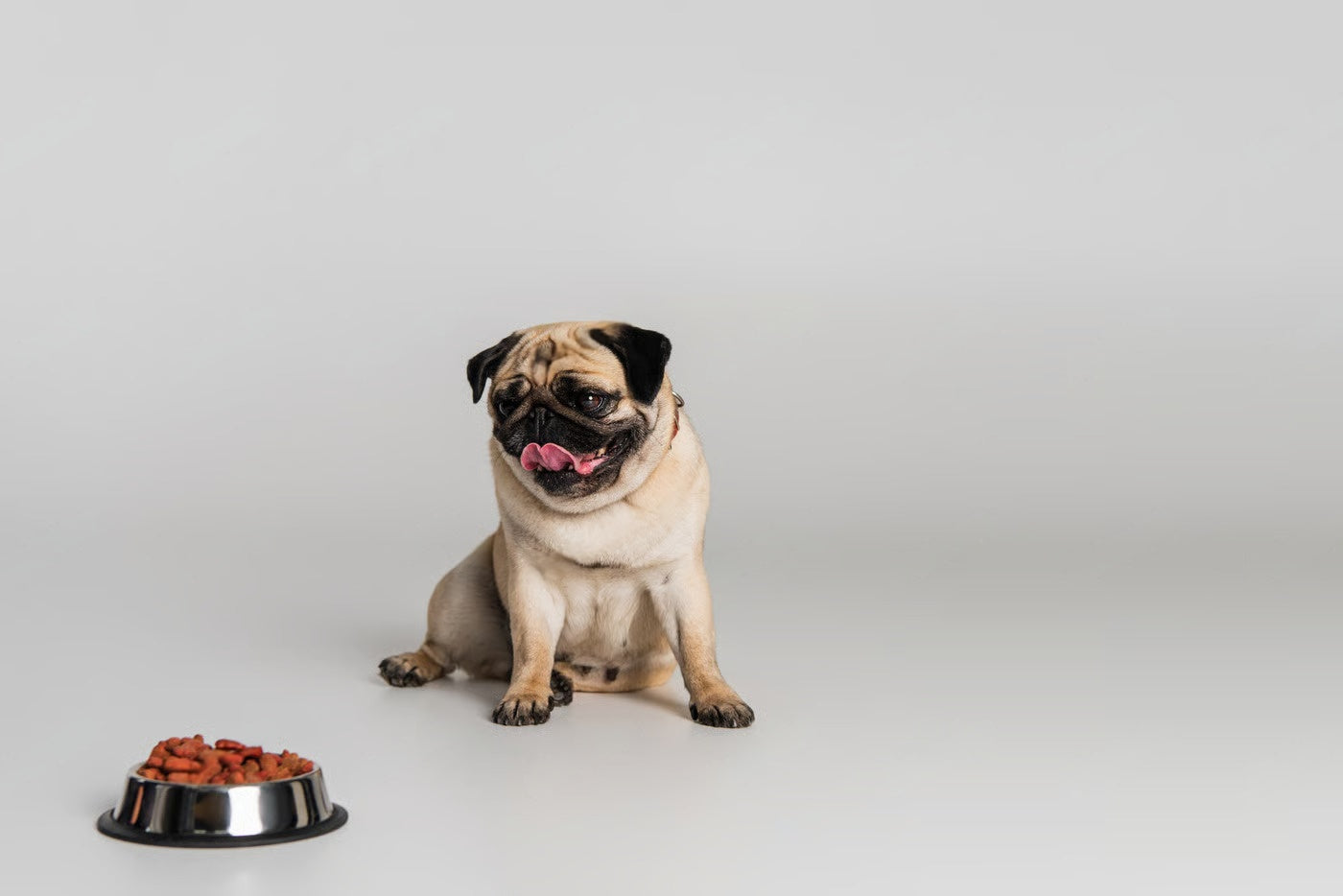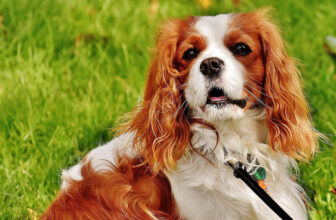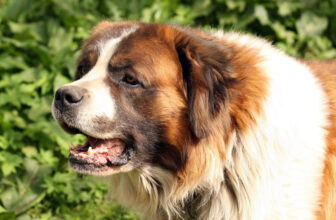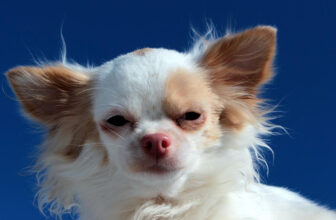One of the cutest dogs around, Pugs have a lovely and playful personality. They are good around other pets and do well with kids, too. Pugs will happily follow you wherever you go, which makes them ideal companion dogs.
Fast Facts On Pugs
Origin: China
Weight: 6.35 – 8 Kg (Both Male and Female)
Height: 25 – 36 cm (Both Male and Female)
Coat: Double coat
Skin Colour: Fawn, Black, Apricot, Silver Colour
Life Span: 12 – 15 Years
Pug Characteristics
Energy Level – Medium
Exercise Needs – Low
Playfulness – Very Playful
Affection Level – Very Affectionate
Friendliness With Other Dogs – Friendly
Friendliness Toward Strangers – Shy
Tendency to Bark – Moderate
Tendency to Drool – Low
Watchdog Ability – High
Guarding Potential – Not Very Protective
Grooming Needs – Low Maintenance
Cold Tolerance – Medium
Heat Tolerance – Low
Veterinarian Visit – Moderate
What Are The Best Foods For Pugs?
Food For Newborn Pugs (Birth to 8 Weeks)
Newborn Pugs need their mother’s milk for up to 2 months. If it is not available for any reason, you can bottle-feed them with a good baby dog milk. The following are some of the moistened foods that you can feed newborn Pug puppies:
Food For Puppy Pugs (2 to 10 Months)
Pug puppies require a nutrient-dense food for healthy muscle and bone development. Their meal should primarily be rich in protein. Below are some of the best foods you can feed your puppy Pugs:
Food For Adult Pugs (10 Months to 9 Years)
Grown-up Pugs need a moderate protein and low-carb content in their diet to maintain an ideal weight. A decent amount of fatty acids is also required to keep their skin and hair in healthy condition. The following are some of the most nutritious foods for adult pugs:
Food For Senior Pugs ( 9 Years and Above)
Senior Pugs need low-calorie foods due to their relatively slower metabolism. A diet rich in fibre is also suggested to promote healthy digestion and bowel movement in them. Below are some of the apt foods for senior Pugs:
Do Pugs Get Along With Kids?
Yes, they do. Pugs are ideal family dogs who have a special affection for children. With proper training, they even do well with newborn babies. Pugs may, however, have slight issues with children if the dog has not been socialised at all.
Can Pugs Be Kept Outside?
No, they can’t. Pugs are a breed that is highly sensitive to humidity, heat as well as cold. In hot regions, pugs can be quite vulnerable to heat strokes as they are relatively slower than other dogs in cooling down. For this reason, they should be kept inside most of the time.
Do Pugs Shed?
Despite having short hair, pugs shed a lot. They also shed their hair year-round, unlike other dogs who do it only twice a year. The reason is because of their short inner layer coat and soft outer layer coat, which makes them lose a lot of hair. Hence, pugs may not be the dogs for those who are allergic to hair.
How Much Exercise Do Pugs Need?
Pugs do not demand much physical activity as they get exhausted pretty easily. Short bursts of running around the house or a 20-minute walk outside daily are enough to keep them fit. Remember not to take them outdoors if it is extremely hot or cold.

What are the Pros and Cons of a Pug?
Pros
-
Pugs are great family dogs who do well with children and other pets.
-
They are excellent dogs for small households and apartments.
-
Good therapy dogs for people who live alone. These dogs will always be there to cuddle you.
-
They can be carried everywhere due to their small size.
Cons
-
Don’t be deceived by their short coat. Pugs will shed a lot due to their double-layered coat.
-
Pugs cannot tolerate heat and may show signs of over-exhaustion.
-
Pugs can be quite desperate and may follow you everywhere relentlessly.
-
They are known to get lazy with age.
Some Interesting Facts About Pugs
-
In ancient times, the emperors of China kept Pugs as lap dogs and treated them with all the luxuries of life.
-
Due to their short legs and troubled breathing, Pugs are not able to swim.
-
Pugs are one of the oldest dog breeds with a history up to 200 BC.
-
Pugs sleep an average of 14 hours a day.
-
A group of Pugs is called a Grumble.
History of Pugs
Pugs’ origin can be traced back to China during the Han Dynasty (B.C 206 to A.D 200). Researchers have also associated the Tibetan Mastiff with their close relatives. Pugs were treated like royalty by the emperors and were also guarded by soldiers. Slowly, this breed spread to other parts of Asia. The Buddhists of Tibet also kept Pugs as pets in their monasteries. Pugs have retained their fondness given by their owners since ancient times.








![[5G & 2.4G] 2K Indoor Security Camera for Home Security, AI Voice Change for 2-Way Talk, Motion Detection, Night Vision, 24/7 SD Recording/Cloud Storage, WiFi Home Camera, Pet Cam with Phone App](https://i3.wp.com/m.media-amazon.com/images/I/61I2U+sTT3L._AC_SL1500_.jpg?w=300&resize=300,300&ssl=1)






